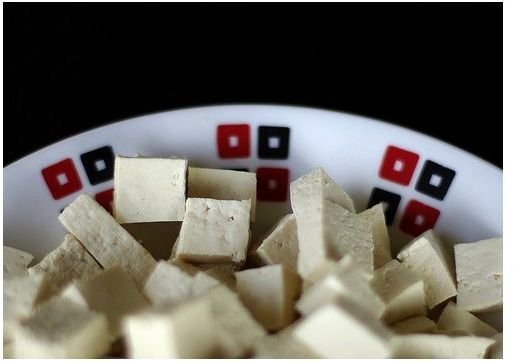What are Bioflavonoids? The Benefits of Eating Foods High in Bioflavonoids
The Benefits of Bioflavonoids
Bioflavonoids are what the body uses to heal cuts and bruises, to relive pain and inflammation, and to strengthen the blood vessels and capillaries. Although not considered full-fledged vitamins, these pseudo-vitamins may be just as essential to well-being. All of the types of bioflavonoids, from the flavones to the anthocyanidins, were at one point known as vitamin P. They have a number of functions, stimulating some enzymes, inhibiting others, acting as antioxidants, and protecting vitamin C from breakdown. The bioflavonoids are what give plants their colors, such as purple cabbage and red cranberries; and, as anti-bacterial agents, they also protect plants from disease.
The benefits of bioflavonoids are quite diverse, and at this point, still being researched. With thousands of different types of bioflavonoids present in organic material, and hundreds that are useful to human health, these phytochemicals have the potential to help prevent disease and promote longevity. As antioxidants they help to neutralize free radicals in the body; also, by aiding vitamin C, they enhance its actions as an antioxidant. Bioflavonoids are what the body needs to fully utilize this nutrient.
Stimulating bile production, preventing cataracts and macular degeneration, protecting connective tissue, lowering cholesterol, fighting bacteria, and boosting the immune system are all benefits of bioflavonoids. They are specifically useful for capillary and vein health, increasing the overall well-being of the cardiovascular system. By strengthening these vessels, they improve circulation, support the heart, and help to prevent varicose veins and bruising. Bioflavonoids are also what athletes need to help recover from injuries and the natural wear and tear of exercise.
Different Types

At this point some of the types of bioflavonoids that are useful to humans are divided into different categories. The anthocyanidins are the purple and dark-red pigments. They are extremely powerful antioxidants, making foods high in these bioflavonoids ideal anti-cancer foods. Blueberries, blackberries, cranberries, red and purple grapes, grape juice, and red wine are all excellent sources of anthocyanidin bioflavonoids.
Flavanols, such as catechin and epicatechin, are thought to be highly beneficial for blood circulation, helping both the heart, and cognitive function. Foods high in flavanol bioflavonoids include cocoa, green tea, red wine, apples, and berries.
Flavanones are found in citrus fruit, in the the white material and pulp. These bioflavonoids are what the body uses to lower blood cholesterol. They also act as antibacterial and anticancer compounds.
Flavones, such as luteolin and apigenin are found in high quantities in celery, parsley, and hot peppers. They as well are likely to help prevent cancer.
Isoflavones are the types of bioflavonoids which are found in soy products, as well as legumes. They are known to have benefits for the prevention of breast and prostate cancer, heart disease, and osteoporosis. They are also beneficial for dealing with menopausal symptoms.
Of all the types of bioflavonoids, no one is known to be more potent or more vital than another. They should be viewed as a group of beneficial phytochemicals, which are most effective when taken from a variety of organic food sources. As long as you eat a healthy diet, rich in berries, citrus, soy, and tea, there is no need to take bioflavonoid supplements - these phytochemicals are only necessary in small quantities to be effective.
Sources:
Balch, Phyllis A. “Prescription for Nutritional Healing.” Fourth Edition (Penguin Books, 2006).
Page, Linda. “Healthy Healing: A Guide to Self-Healing for Everyone, 11th Edition” (Traditional Wisdom, 2003).
photo credit: Mccun 934
photo credit: House of Sims
